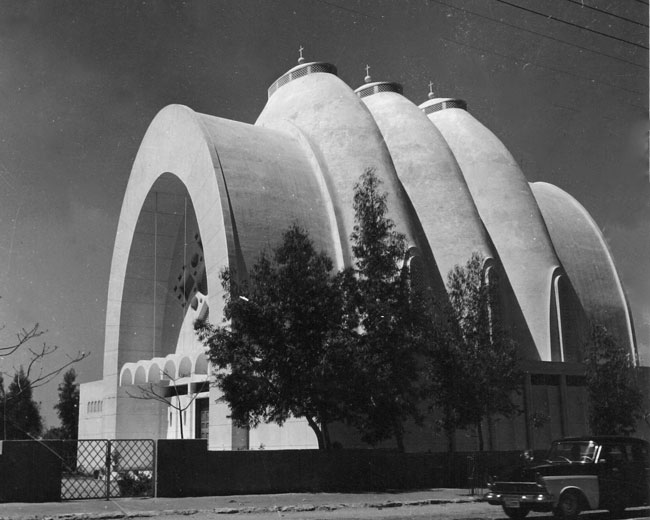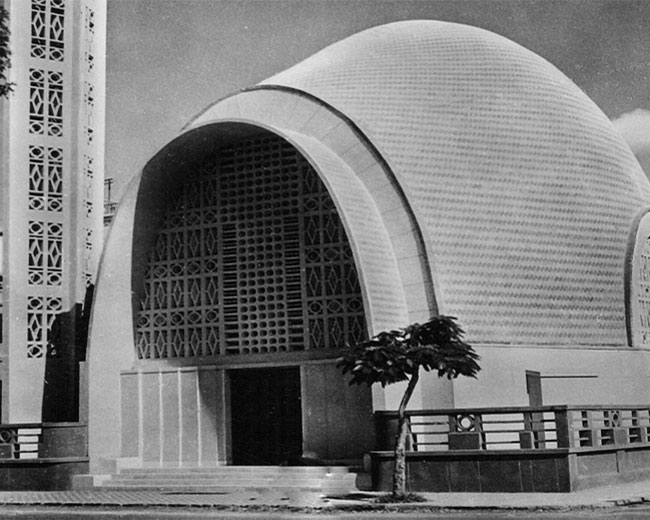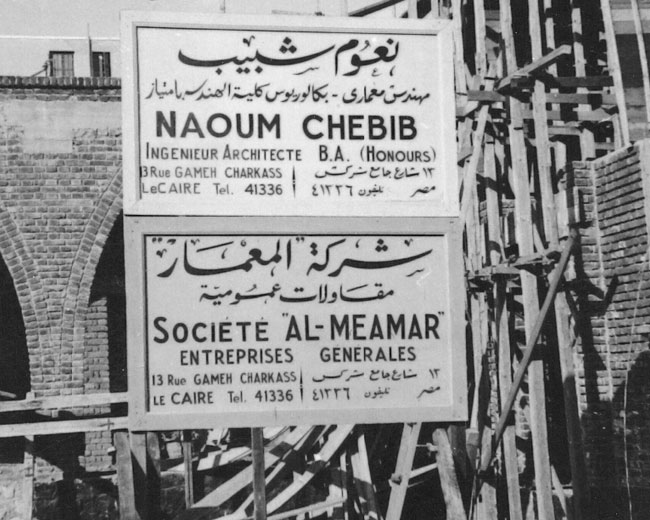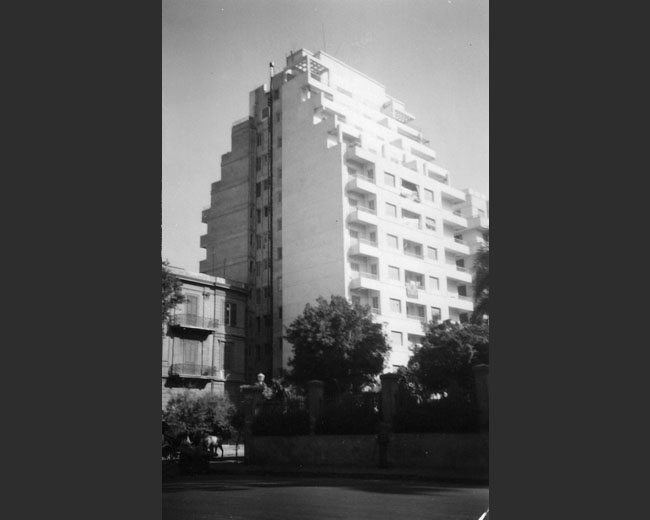Naoum Shebib believed that the architectural form of a building should reflect its structure without unnecessary elements as exemplified by the pure, sober and innovative forms of his creations.
At the same time, he remained very concerned with the well-being of the occupant.







